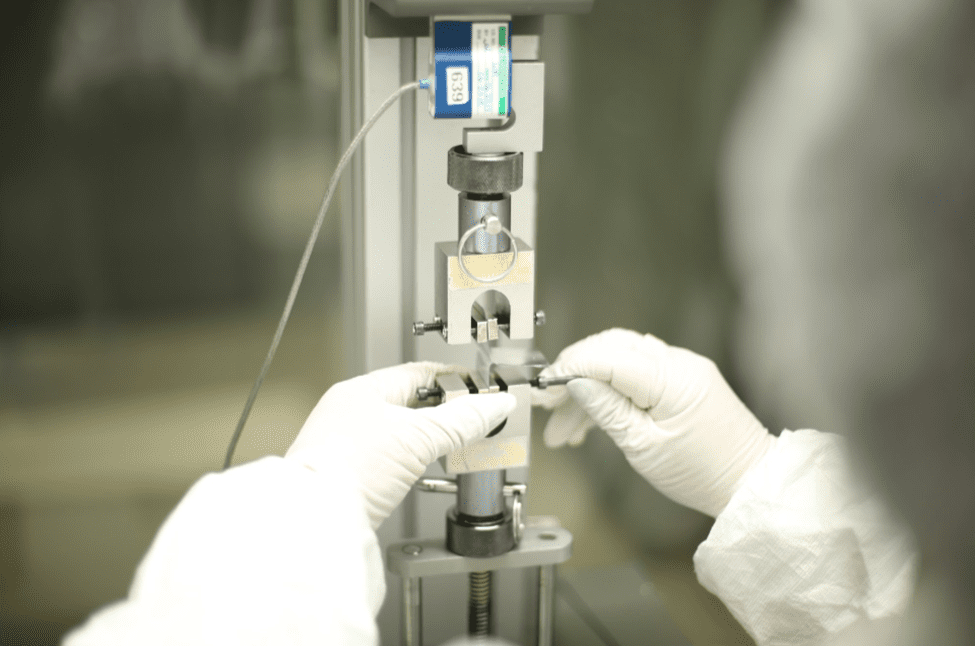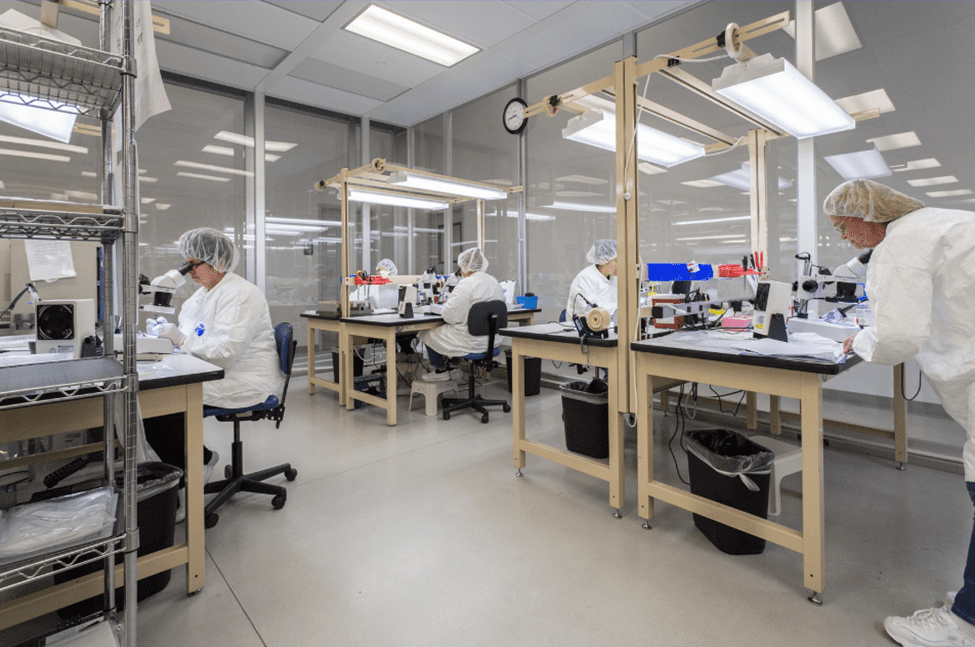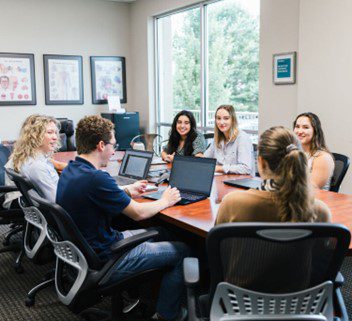What we do to help our partners get through testing, quality, and documentation
Bringing a Class III medical device to market takes more than a good design. It takes a clear process, strong documentation, and the right testing to meet FDA requirements. At Medical Murray, we’ve built our team, tools, and systems specifically to support complex catheters, implants, and other high-risk class III medical devices.
Here’s how we help make sure your device is ready on paper and in the real world.
Creating a Class III Medical Device that Meets FDA Requirements
Medical Device Design Controls That Meet FDA Expectations
We follow the FDA’s design control rules (21 CFR 820.30) and use our quality system to track every step. That means:
- We work with you to define clear user needs and product requirements.
- We hold formal design reviews at key stages.
- We create and manage drawings, procedures, and inspection plans.
- We run verification and validation (V&V) tests to confirm the device works as intended.
- We maintain a complete Design History File (DHF) to support audits and submissions.
Risk Management Built Into the Process
Using ISO 14971 as our guide, we build a risk file as the design takes shape. This includes:
- Hazard analysis and failure modes (FMEAs)
- Risk/benefit reviews
- Clear links between risks, mitigations, and test results
Our goal is to identify and reduce risks early and prove that we’ve done so.
Verification Testing With Purpose
We help plan and run the right tests to show your class III medical device meets requirements. Depending on the device, this could include:
- Balloon fatigue, burst, and compliance testing
- Flow, pressure, and leak testing
- Tensile, torque, and flex testing
- Radiopacity and luer lock testing
- Custom test fixtures and methods when needed

We document every step and can validate test methods for FDA submission.
Materials and Biocompatibility
We help you choose the right materials and plan for biocompatibility testing per ISO 10993. This includes:
- Supporting test plans and justifications
- Managing Contract Research Organizations or connecting you with the labs
- Reviewing extractables/leachables and existing data
- Making sure your materials match the device’s use and duration
Manufacturing Process Development and Validation
For Class III medical devices, it’s about more than design. It’s also about how it’s built. We support:
- Clear work instructions and build procedures
- Equipment setup and calibration (IQ)
- Running process studies (OQ and PQ)
- Defining key process parameters and quality checks
- Building in ISO Class 7 cleanrooms

Sterilization and Packaging
We help plan and coordinate sterilization (often EO, gamma, or ebeam) and packaging validation, including:
- Choosing the right sterilization method
- Working with sterilization and lab partners
- Running aging studies
- Making sure packaging maintains a sterile barrier and protects the device through shelf life
Regulatory Support
You or your regulatory consultant lead the submission. We help make it easier. That includes:
- Preparing design and manufacturing documentation
- Writing or reviewing test reports
- Summarizing process validations
- Supporting pre-sub or review Q&A
- Hosting FDA inspections if we’re your manufacturing site

Partner with Medical Murray to Produce Your Class III Medical Device
We know what the FDA expects because we’ve helped many Class III devices get through it. Whether you’re preparing for a 510(k), PMA, or IDE, we’ll help you build a solid foundation through good design, strong documentation, and reliable testing.
Let’s build something that’s not just innovative, but ready for real-world testing and use.
